
 4X4XM, Doron
4X4XM, Doron

Shalom!
Thank you for visiting this website. I hope you enjoy reading it and benefit from the resources given.
| Topics:
* Preface * Current Rig * Flashback * Ham Activities * 1965 QSL * QTH History * Vintage Rig * Education * Professions * Interests * Websites * Networks |
Being a radio amateur involves creating connections and friendships with individuals you may never meet otherwise. This hobby inspired me to learn about science, technology and social issues through study and experience. Following my retirement, I try to give back to the hobby.
In light of the current 25th solar cycle, I've been thinking about forecasting skywave propagation. Space technology, Software-Designed Radio (SDR), and the internet have aided my study.
Since July 2022, I've been posting new chapters covering HF skywave propagation. The visitor's inquiries fueled my motivation to continue learning and updating this project. See the evolving table of contents.
|
Name: Doron; QTH ↗: Karmiel, Israel.
A brief overview: I've been a shortwave listener (SWL) since 1957 and earned my operator’s license in 1964. I’m passionate about high-frequency propagation research and innovative communication technologies. I’m married and have four adult children and seven grandchildren. As a child, I was fascinated by the "radio miracle" after hearing about radio amateurs wishing to save lives or assist society.
My curiosity grew after watching the movie "If All the Guys in the World"; French: "Si tous les gars du monde" A few years later I got the desired operating license, Novice in 1964 and General in 1965. In 1992, I took a break due to my family's needs, and returned to ham radio in June 2020, after a 28-year absence. | ||||
 My First Homemade QSL 1965 My First Homemade QSL 1965 My birth surname was Tirkel rather Türkel. I changed it to Tal in 1969. back side of the QSL card  |
|
|
 Vintage Rig:
Vintage Rig:
Until 1964 (age 17), my entire rig was homebrew. Then I began modifying vintage and surplus equipment.
See the list below for the gear I've preferred over other gadgets I've collected and used over the years.
 In 1964, I bought a second-hand commercial receiver, a Hallicrafters SX-110. It was a single conversion (I.F. 455 kHz) general coverage receiver in four bands ranging from 535 to 34000 kHz. I have added a Product Detector (ECH81) and replaced the Noise Limiter with a Noise Blanker US 3,195,052 patent. A year later, I added an external Xtal-controlled front-end that converted the higher HF and VHF bands, down to 3.5, 7, or 10.7 MHz with 50Hz stability and image rejection greater than 75 dB. It was considered a remarkable achievement at the time.
|
In 1966 the late Erik Friedman MD, 4X4WF (SP5WF), lent me Bandmaster Delux TBS-50D Transmitter (Harvey Radio Laboratories, Brookline, Southbridge, MA, USA) covering 80m through 2m.  I have added a homebrew VFO. |
In 1966 I fixed a 19 years old broken Hallicrafter S-37, 130-210 MHz Single Conversion VHF receiver (I.F. 18 MHz) found in a junkyard. This was a true gem that enabled me to search for spurious signals, listen to (audio of) TV channels (from Israel, Cyprus, Lebanon, Jordan, and Egypt), 2m ham radio, civil and military aircrafts, ships, and police. I have operated this amazing receiver from 1966 to 1970. |
|
At the same time I refurbished and modified a ground based SCR-522 WWII transceiver, originally covering 100-156 Mhz in 4 preselected channels.
 SCR-522 WWII transceiver
Assembly in Rack The BC625A transmitter and BC624A receiver were both Xtal controlled.
The VHF front-end receiver was fed into any HF receiver that operated on 10.7 MHz. The following picture shows such operation during a field day in 1967.
 The I.F. output of the VHF front-end (BC624A) was fed into the HF receiver (Drake R-4A). |
| A 16dBi pseudo-horn antenna enabled S9+ AM QSOs on the 2 m band between Haifa, Israel, and Larnaca, Cyprus, spanning 270 kilometers across the Mediterranean Sea. 
This antenna was constructed from an aluminum expanded mesh in the shape of two isoscale triangles, attached to a rectangular wood pyramid.
The pyrmid's base and the triangles' sides measure 2450 mm. The mesh triangles were aligned at a 60-degree angle. |
The next decadeIn 1975 I bought a second-hand Yaesu FT200.
This SSB/CW transceiver could transmit up to 180 watts of PEP and covered the pre-WARC amateur bands between 80 and 10 meters. To enhance operations, adjustments were made. Around-the-clock 5-band HF operation (80, 40, 20, 15, and 10m) was made versatile by a variety of wire antennas.

In 1982, I won a raffle for a broken Siemens E311 receiver. I restored it until it operated like new and used it as a high-quality receiver for eight years in my shack, with an accuracy of 100 Hz and stability of 20 Hz over 24 hours.
|
|
While on Sabbatical Leave (1990-1992) in Plainsboro, NJ, United States - the late Sid Gogel, W2FUR (1919-2015) lent me a vintage rig:  This Collins 51S-1 receiver enabled me to listen to the Voice of Israel on HF every day from New Jersey, USA. |
The late Sid also lent me a 25-year-old transceiver, Swan-350, for that period.
 While operating the Swan-350, I maintained contacts with Israel using a custom camouflaged vertical antenna for transmission and a tailored loop antenna for reception. Fortunately, it coincided with the peak of Solar Cycle 22.
|
 Education: 1977 MSc. Physics, Technion, Israel (Molecular Physics, Physical Chemistry, Electro-Optics)
Education: 1977 MSc. Physics, Technion, Israel (Molecular Physics, Physical Chemistry, Electro-Optics)
Specialties: Scientific R&D, Sys Eng. & Analysis, Management, Planning, Audit, Arbitration, Expert Witness
- 1973-1997: R&D focused on various laser systems, combustion, IR night vision, radio direction finding (RDF), identifying friend or foe (IDFF), and artificial soldiers.
- 1982-1997: System Engineering: Advanced Physical Systems (Rafael's Pythons 3 and 4).
- 1987-1990: Project Manager, Airborne Night Vision.
- 1990-1992: Scientific technology consultant during a sabbatical leave in New Jersey, United States.
- 1997-2014: Expert Witness: Speed Enforcement using Lidar and RADAR.
- 2006-2025: Control Boards: Volunteer member of Audit Committees (NGOs).
- Since 1960: have engaged in amateur radio, focusing on learning and experience.
- 1964-1975: operated CW short QSOs and phone ragchews on technical issues.
- 1975-1988: provided phone patches to Israeli radio amateurs who were abroad on duty to allow them to keep in touch with their families back home.
- 1983-1990: operated Packet Radio, HF/VHF X.25 (later AX.25).
- Since 1988: Investigating the increased mortality in amateur radio operators; published in 1988.
Three of my friends, Yossi 4X4NE (1935-1976), David 4X6JQ (1936-1983), Tzvi 4X1KT (1938-1993), have passed away due to RF overexposure. - Since 2004: - specialized on EM Radiation HazardsHebrew, Environmental Protection, and Public Health.
- What does radiation do to our body? Hebrew Google translation from Hebrew into English
- RF Radiation and EMF Safety (ARRL since 2010)
- Safety in the Shack (RSGB since 2014)
- Indirect RF Hazards (AF5NP 2018)
- In June 2020, I resumed my hobby and expanded my knowledge by learning about new materials, specifically focusing on Software Defined Radio (SDR) and WebSDR. Additionally, I researched various related topics, including skywave propagation conditions, monitoring techniques, and the principles of forecasting, prediction, and simulation.
- Family: Married to Ilana since 1974, raising four children and seven grandchildren.
- Social Justice, Political Correctness since 1994, focusing on the issue of "Abuse of Power"
- Genealogy: Searching family roots; since 1997 using internet resources.
- Cooperation and Regulation of Israeli Civil NGOs since 2007
- Israeli Singing Groups since 2012
- Stop The Abuse of Power, since 1994 (an emphasis on IARC [Hebrew: אגודת חובבי הרדיו בישראל Google Translate])
- PEACE & TOLERANCE. since 1997
- Voluntary activity aimed to improve our society (since 1997); see the current Hebrew Homepage
- The Turkel Tribe website (since 1998)
traces family roots more than 350 years ago.

- Youtube playlists some relevant to our hobby: Radio Amateur, Solar Physics (Heliophysics), uSDX, and HAARP
- Facebook personal timeline; posts relating to amateur radio
Interests NOT related to Radio Amateur
 Websites
NOT related to Radio Amateur:
Websites
NOT related to Radio Amateur:
 Public Networks - login may be required to view:
Public Networks - login may be required to view:
The world is changing as the radio amateur spectrum is being sold off to commercial users since few amateurs operate SHF and above.
If you have comments, questions or requests please e-mail me.
73 de Doron
Count a repeat visit as new again after 24 hours.
Visits per day since 2022
ionospheric events that disrupt HF radio propagation.
Visits (per day) during the last 90 days
Visits (per day) during the last 30 days
Hourly visits today

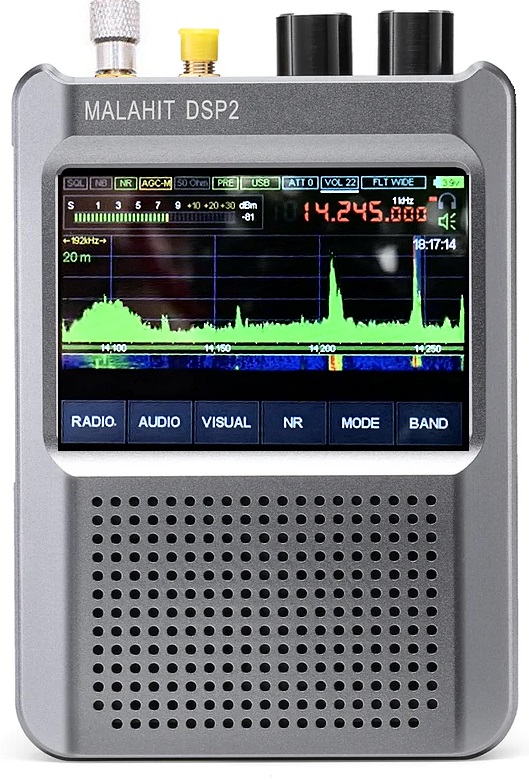
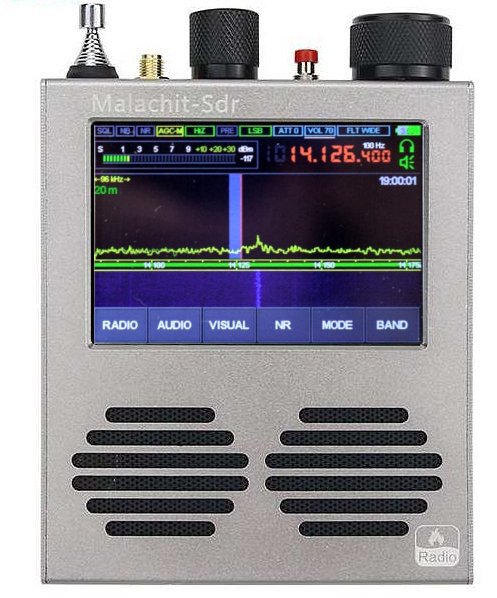
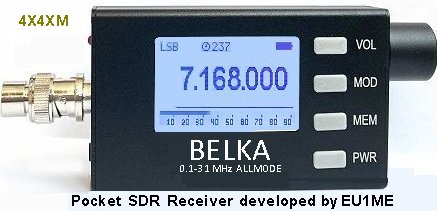
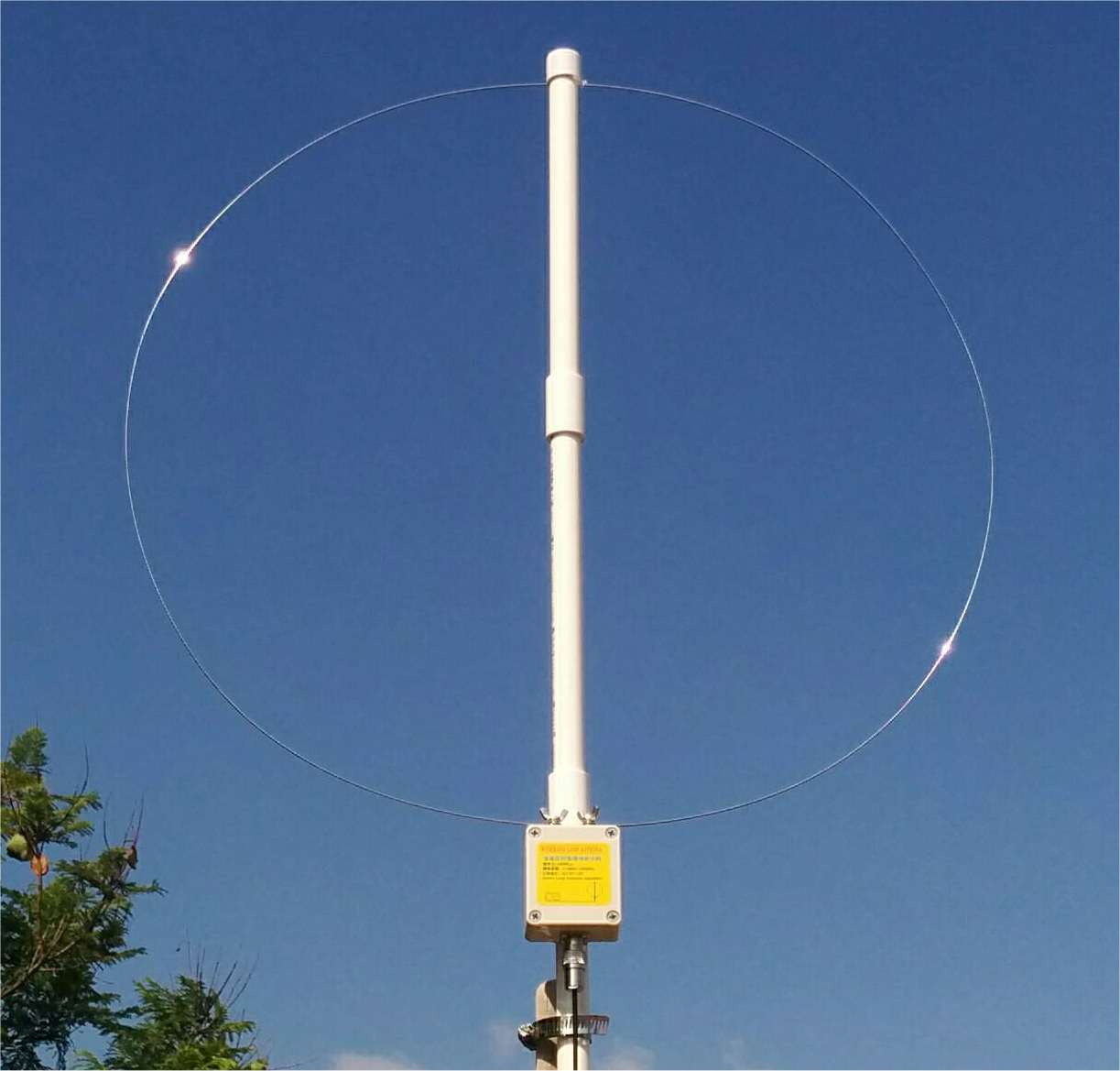
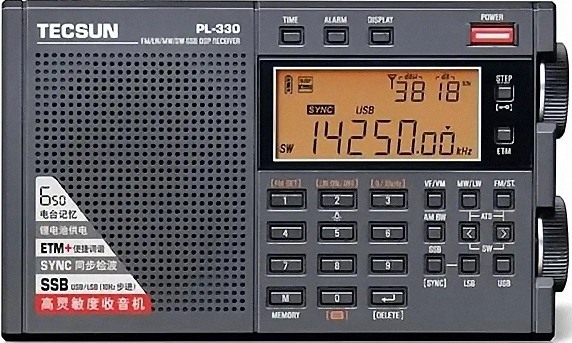
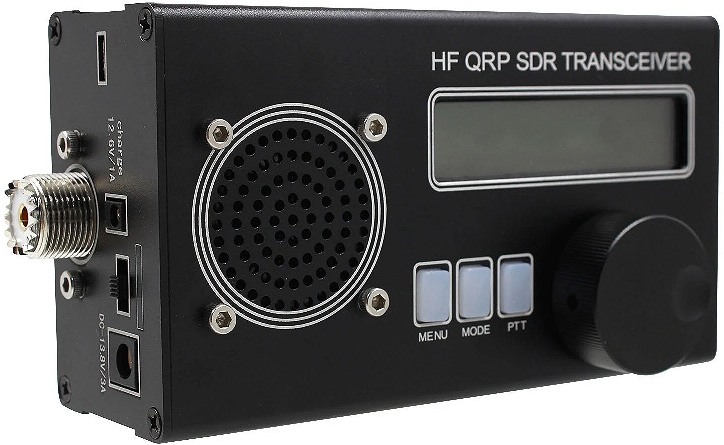
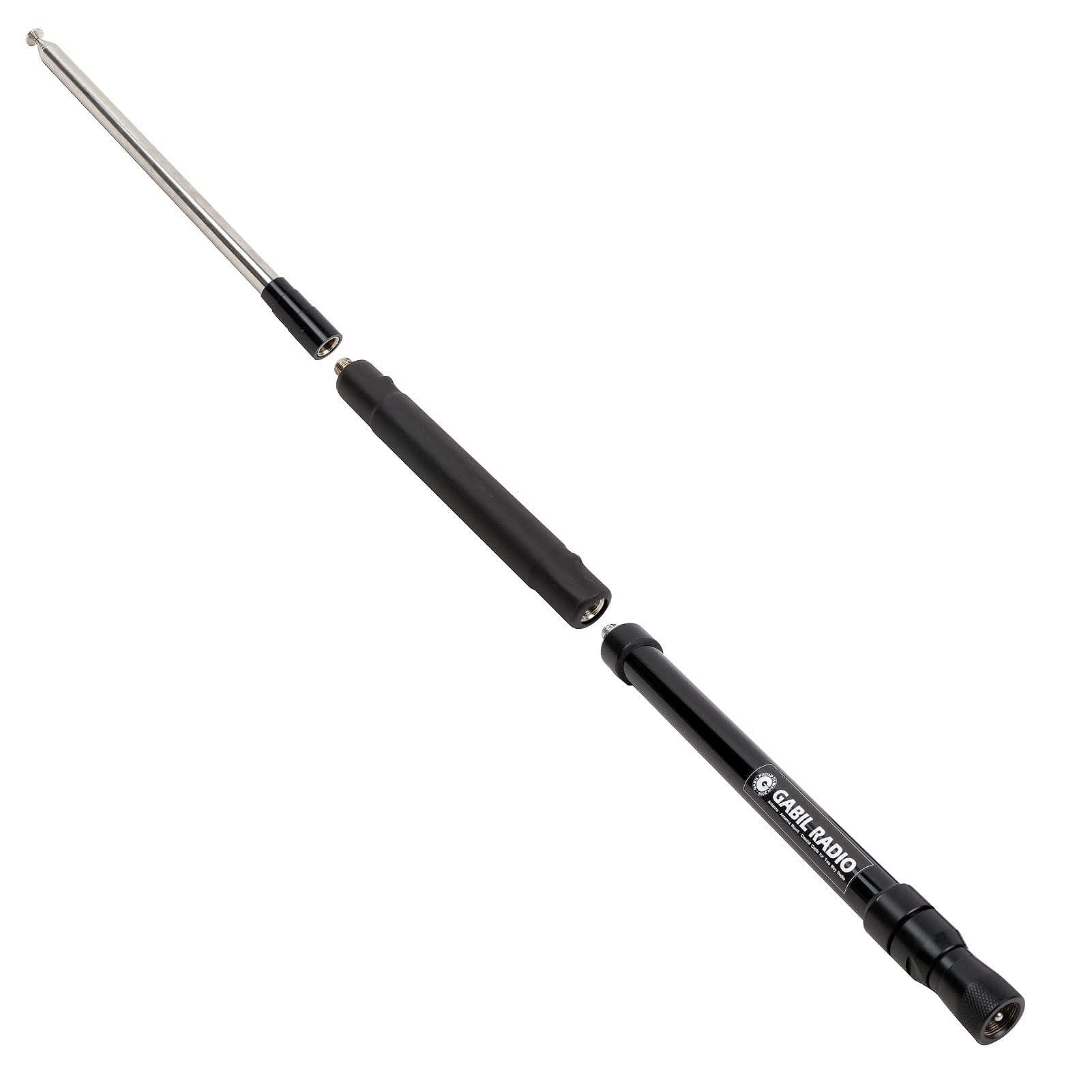
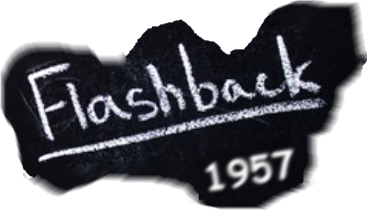



.jpg)
.jpg)

